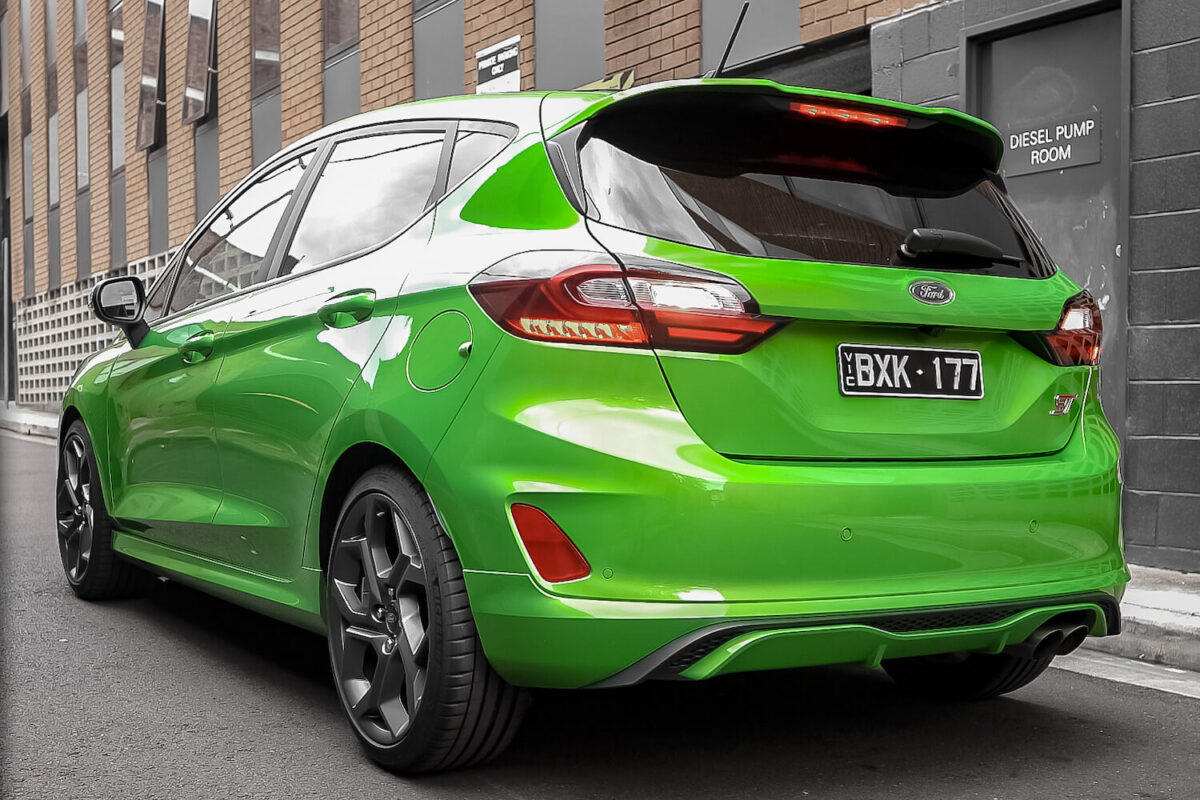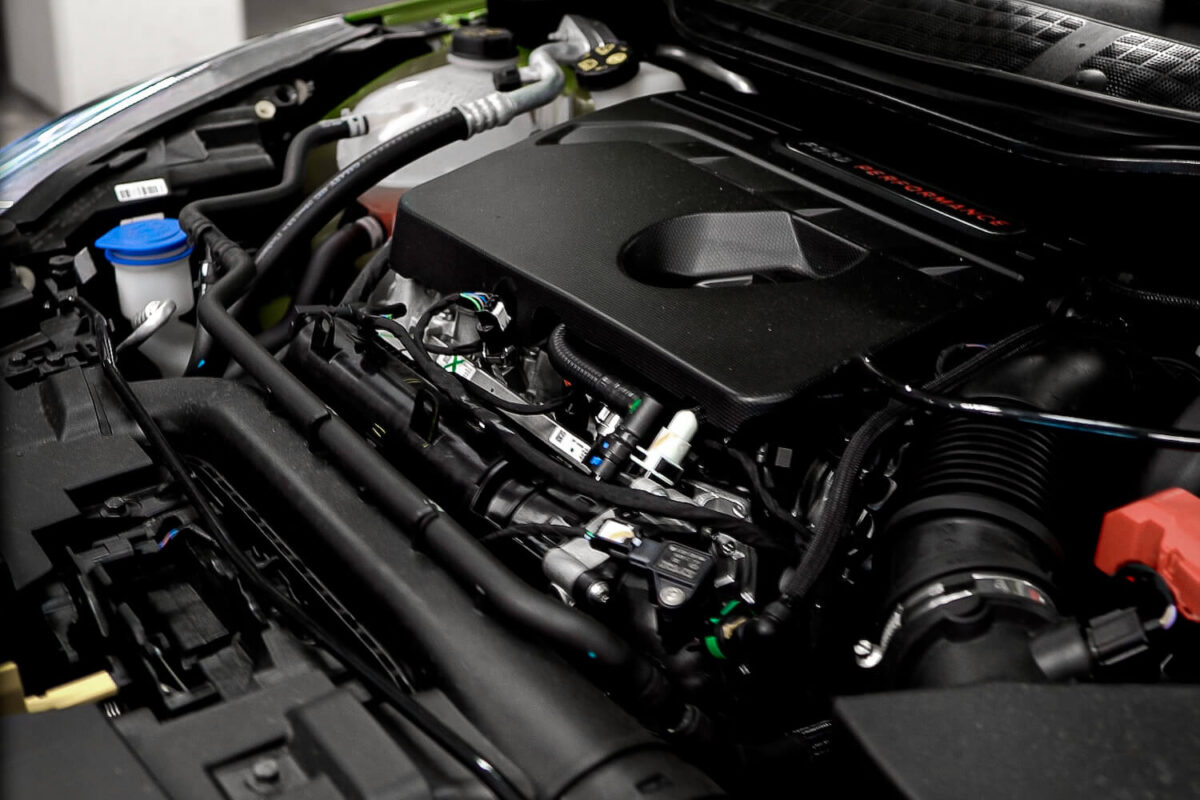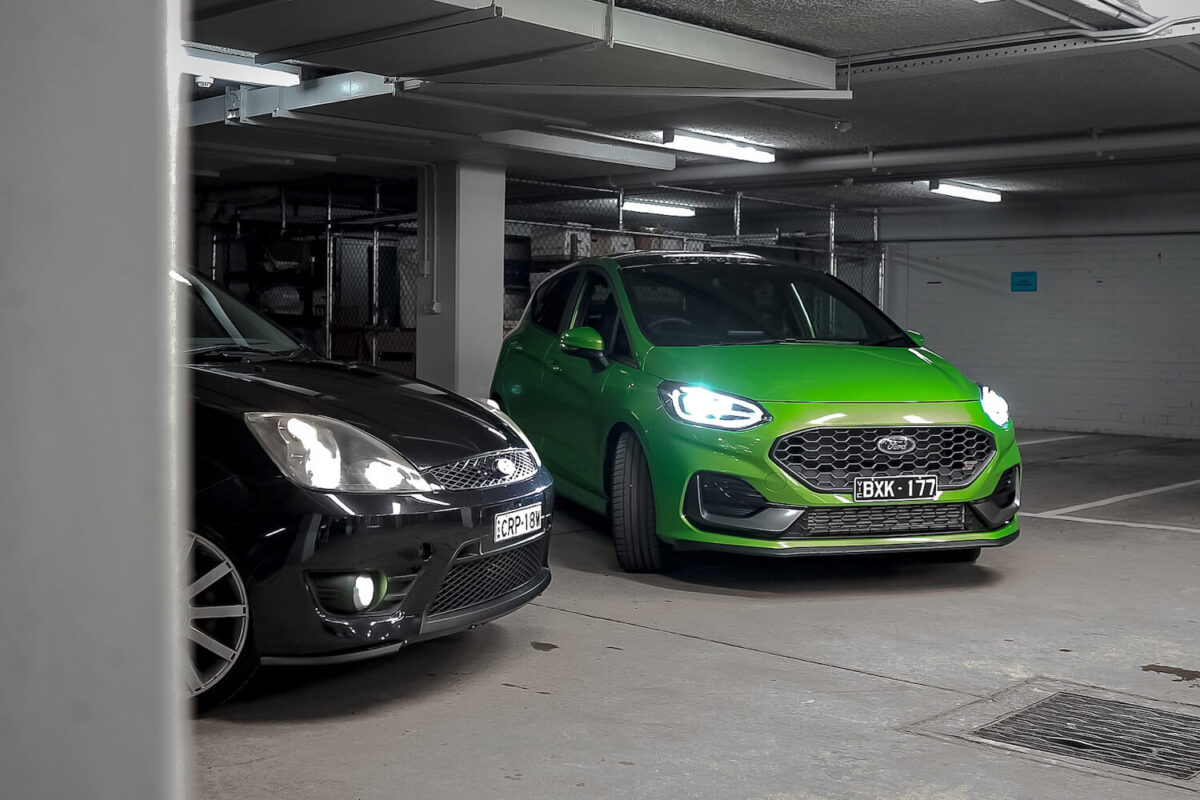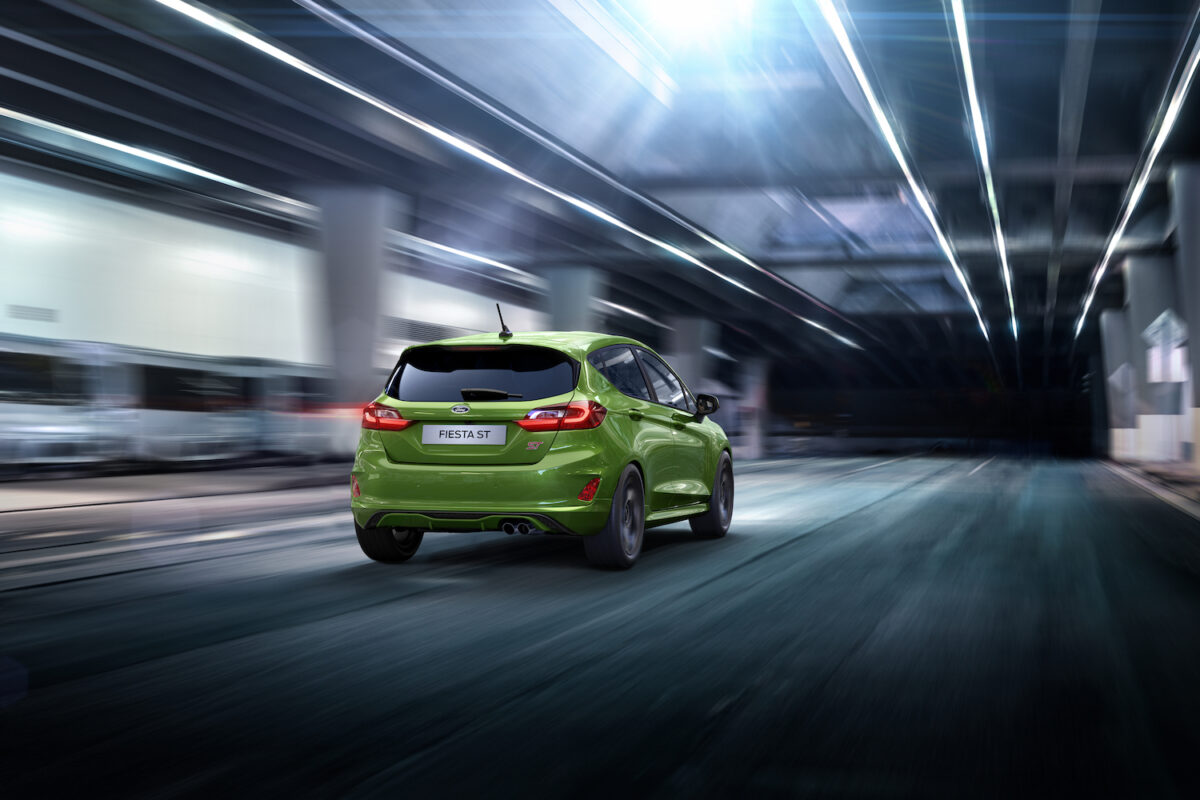Ford’s Final Fiesta ST Marks The End Of An Era For Australian Motoring

The discontinuation of the Fiesta ST in Australia (as well as the impending discontinuation of the entire Fiesta range globally) is a crying shame. Thankfully, Ford’s final Fiesta Down Under is one hell of a final act.
You may or may not be surprised to hear that the Ford Fiesta is one of the best-selling cars of all time. In fact, there’s been about as many Fiestas sold as Model T Fords. The Fiesta has outsold other heavy hitters like the BMW 3 Series, Toyota Camry and the classic Mini, too.
That’s why it was such a surprise when Ford announced last year that they were discontinuing the Fiesta globally in mid-2023, by which time the 20 millionth Fiesta will roll off the production line.
The writing’s been on the wall for the Fiesta for a while now in Australia, at least. Ford had only been bringing the top-of-the-range Fiesta ST to our shores in recent years and in reasonably limited numbers. Only a scant few examples of the 2023 facelifted seventh-generation Fiesta ST arrived Down Under, and they’re mostly all gone. By the end of the year, you won’t be able to get any sort of Fiesta, ST or otherwise.
But if you have the chance to get your hands on one of these final models, we can’t recommend doing so enough. The new (or should we say final) Fiesta ST is, simply put, one of the finest hot hatches ever made, and a fitting conclusion to the Fiesta’s long history.

Let’s start with some vital statistics. The 2023 Ford Fiesta ST, which you can only get with a six-speed manual, is powered by a 1.5L turbocharged three-cylinder that makes 147kW/320Nm and will do 0-100km/h in 6.5 seconds.
For comparison, that’s the exact same power and torque figures as a Volkswagen Polo GTI, but the Fiesta ST is quicker from 0-100 by .3 seconds (and costs over $5,000 less). The Fiesta ST is also $2500 cheaper than the Hyundai i20 N, its other main competitor.
But let’s forget numbers for a second. How does it feel to drive? Well, it’s a nugget. In the best possible way.
Most car enthusiasts know by now that a turbocharged three-cylinder isn’t something to scoff at, it’s something to celebrate. The Fiesta ST’s is a particular gem: put the car in Sports mode, let that exhaust open up and it absolutely screams. It sounds proper tough; like a much bigger, much more exotic car.
It also goes like the clappers, with plenty of torque and power where you need it. The notchy six-speed is confidence-inspiring and forgiving – easy to use in stop-start city traffic but great for high-speed hijinks (the pedals are spaced perfectly for a bit of heel-to-toe action, by the way). Wack it in sixth gear and put cruise control on for some highway cruising and the Fiesta ST feels positively serene, too.

The Fiesta ST has always been lauded for its ride quality and handling dynamics and the 2023 model is no exception. Its cool 18-inch rims shod in quality Michelin rubber help. There’s no escaping that it’s firm (especially thanks to the car’s highly-bolstered sports bucket seats) but it’s not crashy or uncomfortable. It’ll soak up potholes without destroying your filings while giving you enough road feel to take corners like you’re Sébastien Ogier.
The best bit is that it’s still a pretty practical car. At just over 4m long, it’ll squeeze into the narrowest of parking spots, and although you’d hardly call the rear seats spacious, they’re a damn sight better than those of a Toyota GR86/Subaru BRZ or a Mustang.
RELATED: Subaru’s New BRZ Is For The Purists
I actually own a 2007 Ford Fiesta XR4, which is what the fifth-generation Fiesta ST was called locally (to fit in with the Focus XR5 and Falcon XR6 and XR8). The Fiesta XR4 was the first Fiesta ST Australians ever got, and it was an immediate hit.
The XR4, unlike the STs that followed it, boasted a naturally-aspirated 2.0L inline-four (a similar motor to what went into normal Ford Focuses and Mazda 3s). It was a simple formula: put a rather big engine in a rather small, basic car and let revheads go nuts. Aussies loved it. Strong reviews at the time meant that Australia wouldn’t miss out on the ST ever again.
Subsequent STs found success using smaller displacement, turbocharged engines – and are also significantly more luxurious than the Mk5 – but I love my XR4, or should I say, my ST. It’s a truly honest car: unpretentious, practical, sporty and reliable, it’s an absolute pleasure to drive.

It also forms part of an unbroken lineage of affordable, fun and fast Ford compact cars: the Escort RS2000s of the 70s, the Laser TX3s of the 80s, the Telstar TX5 of the 90s and then the Fiesta XR4 and STs of the 00s, 2010s and 2020s… A lineage that is now coming to an end with the discontinuation of the Fiesta ST (as well as its no-less-worthy older sibling, the Focus ST).
Ford just doesn’t see itself as a car brand any more. Not really. In 2018, Ford announced that it would discontinue passenger cars in North America by 2023, except for the Mustang. That’s not a big surprise, considering how the bulk of their sales come from SUVs and the all-conquering F-Series truck, which has been the best-selling vehicle in America for the last four decades.
Australia’s a similar scenario. The Ford Ranger ute is by far and large Ford’s best-selling vehicle here (as well as one of the best-selling vehicles in the country alongside the Toyota Hilux). Ford’s passenger vehicle sales have been dwindling here for years – why do you think they discontinued the Falcon and wrapped up local production?
RELATED: Ford’s New Ranger Could End Toyota’s Ute Dominance
There’s also more money to be made selling SUVs than economy passenger vehicles. The profit margins on small hatchbacks like the Fiesta are razor-thin. Ford can simply make more money selling their Puma compact SUV – which shares a platform with the Fiesta – ’cause more people want compact SUVs and crossovers these days, anyway.
Ford also wants to focus on their electrification efforts. It’s not totally implausible that we might see the Fiesta name return as an EV in the future, once battery tech gets good enough that Ford can offer a properly small, affordable electric car with decent range. But the fact remains that we’re seeing the end of an era with the discontinuation of the Fiesta ST and Fiesta name more broadly.

Aussies have always loved hot hatches. But as cars are getting bigger and more expensive (the current VW Polo is much bigger than the original Golf, for example) there are few truly affordable hot hatches on the market these days.
A new Honda Civic Type R costs almost $70,000. A Renault Megane R.S. is $63,000. A Golf GTI is almost $55,000, as is the new GR Yaris Rallye. You get the picture. The departure of the Fiesta ST makes the hot hatch landscape just a little less exciting, as well as a little more expensive.
The long and storied history of fast little Fords might be coming to an end in Australia, but let’s not look back in anger. It’s bittersweet, but at least the last-ever Fiesta to grace these shores is the best Fiesta Ford’s ever made. Or should we say held? Hasta la vista, baby.
Find out more about the Ford Fiesta ST (and try and track one down for yourself) at Ford’s online showroom here.
The post Ford’s Final Fiesta ST Marks The End Of An Era For Australian Motoring appeared first on DMARGE.







